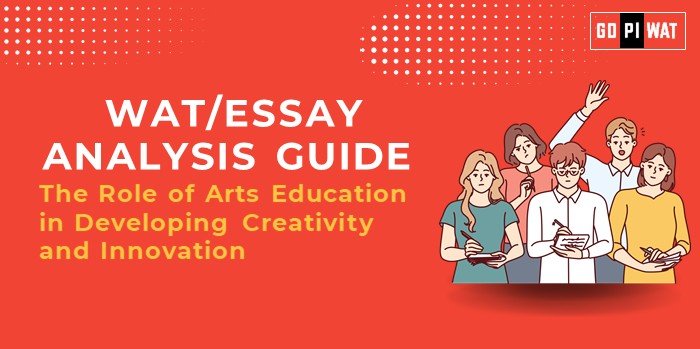📋 The Role of Arts Education in Developing Creativity and Innovation
🌐 Introduction to Arts Education in Developing Creativity and Innovation
Opening Context: “Arts education serves as a cornerstone for fostering creativity and innovation, essential skills in an increasingly complex and interconnected global economy.”
Topic Background: Historically, arts have been vital in shaping cultural identities and fostering critical thinking. However, the inclusion of arts in education has often been marginalized in favor of STEM disciplines. Recent research highlights the role of arts education in enhancing cognitive abilities, promoting emotional intelligence, and driving innovative thinking.
📊 Quick Facts and Key Statistics
🌍 Economic Impact: Creative industries contribute over $2.25 trillion globally, driven largely by innovation sparked through arts education (UNESCO, 2022).
📈 Holistic Development: Schools with integrated arts programs report 15% higher student engagement levels.
🛠️ Workforce Skills: 72% of employers prioritize creativity as a key skill for the future workforce (LinkedIn Workplace Report, 2023).
🤝 Stakeholders and Their Roles
- 🏫 Educational Institutions: Integrate arts into curricula to nurture holistic skill development.
- 🏛️ Government Bodies: Policy creation and funding support for arts education initiatives.
- 💼 Private Sector: Invest in creative programs to develop innovative talent pipelines.
- 🏡 Parents and Communities: Advocate for balanced education models incorporating the arts.
🏆 Achievements and ⚠️ Challenges
✨ Achievements:
- 📚 Enhanced Academic Outcomes: Schools integrating arts education demonstrate a 12% improvement in standardized test scores.
- 🔬 Innovation in STEM: STEAM (Science, Technology, Engineering, Arts, and Mathematics) approaches drive creativity in scientific research.
- 💖 Mental Health Benefits: Artistic expression correlates with a 30% reduction in anxiety and stress among students.
⚠️ Challenges:
- 💸 Underfunding: Arts programs face consistent budget cuts in schools, especially in low-income areas.
- 📉 Perception Issues: Arts are often seen as extracurricular rather than essential.
- 🌍 Global Disparities: Developing nations struggle to prioritize arts education amid resource constraints.
🌎 Global Comparisons
Finland: Pioneered comprehensive arts programs contributing to its renowned education system.
South Korea: Integrates traditional arts with technology, fostering a blend of creativity and innovation.
📚 Case Studies
- 🎭 Rajasthan’s Kala Sanskar Program: Focuses on integrating local folk arts into school curricula.
- 🎨 ArtsEd UK: Demonstrates increased student motivation and career readiness.
🗣️ Structured Arguments for Discussion
Supporting Stance: “Arts education equips students with creativity essential for innovation and problem-solving in a globalized world.”
Opposing Stance: “Limited funding for education necessitates prioritization of core STEM subjects over arts.”
Balanced Perspective: “While STEM subjects are critical, integrating arts fosters a well-rounded skill set crucial for future challenges.”
💡 Effective Discussion Approaches
- Opening Approaches:
- “The arts are the incubators of creativity, a key driver of global innovation.”
- “Countries leading in innovation consistently prioritize arts education, as seen in Finland and South Korea.”
- Counter-Argument Handling:
- Highlight cross-disciplinary success in STEAM initiatives.
- Present data linking arts to improved mental health and academic outcomes.
🔍 Strategic Analysis of Strengths and Weaknesses
✅ Strengths:
- Proven cognitive and emotional benefits.
- Strong links to innovation and creativity.
❌ Weaknesses:
- Budgetary constraints.
- Misconceptions about the value of arts.
🌟 Opportunities:
- Global STEAM initiatives.
- Increased advocacy for mental health programs in education.
⚠️ Threats:
- Policy negligence.
- Disparities in access to arts education.
🎓 Connecting with B-School Applications
Real-World Applications: Arts in leadership training, design thinking workshops, and innovation labs.
Sample Interview Questions:
- How can arts education enhance innovation in the business world?
- Discuss the impact of arts education on emotional intelligence.
Insights for B-School Students: Leverage arts for design thinking, develop creative leadership styles, and explore interdisciplinary approaches.


